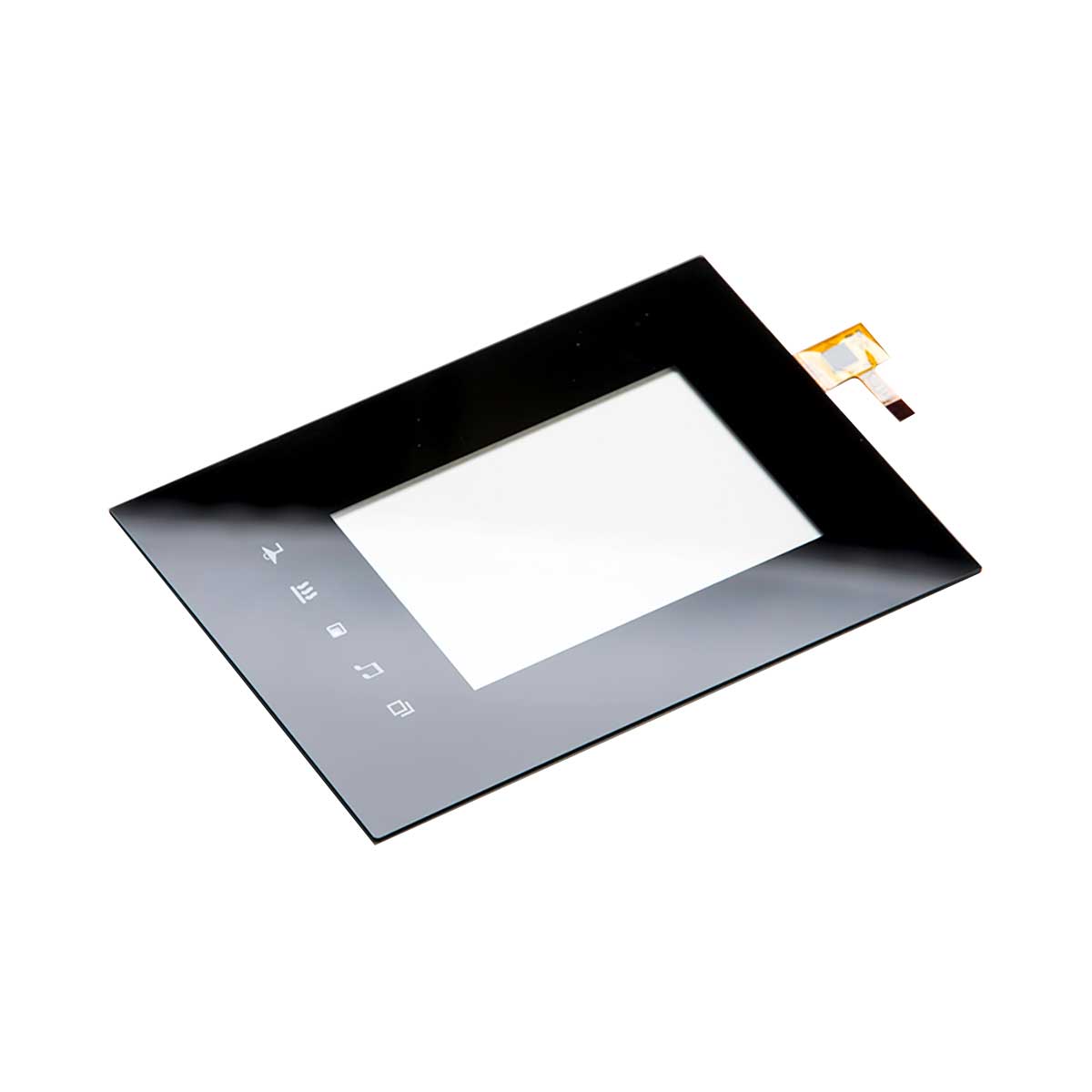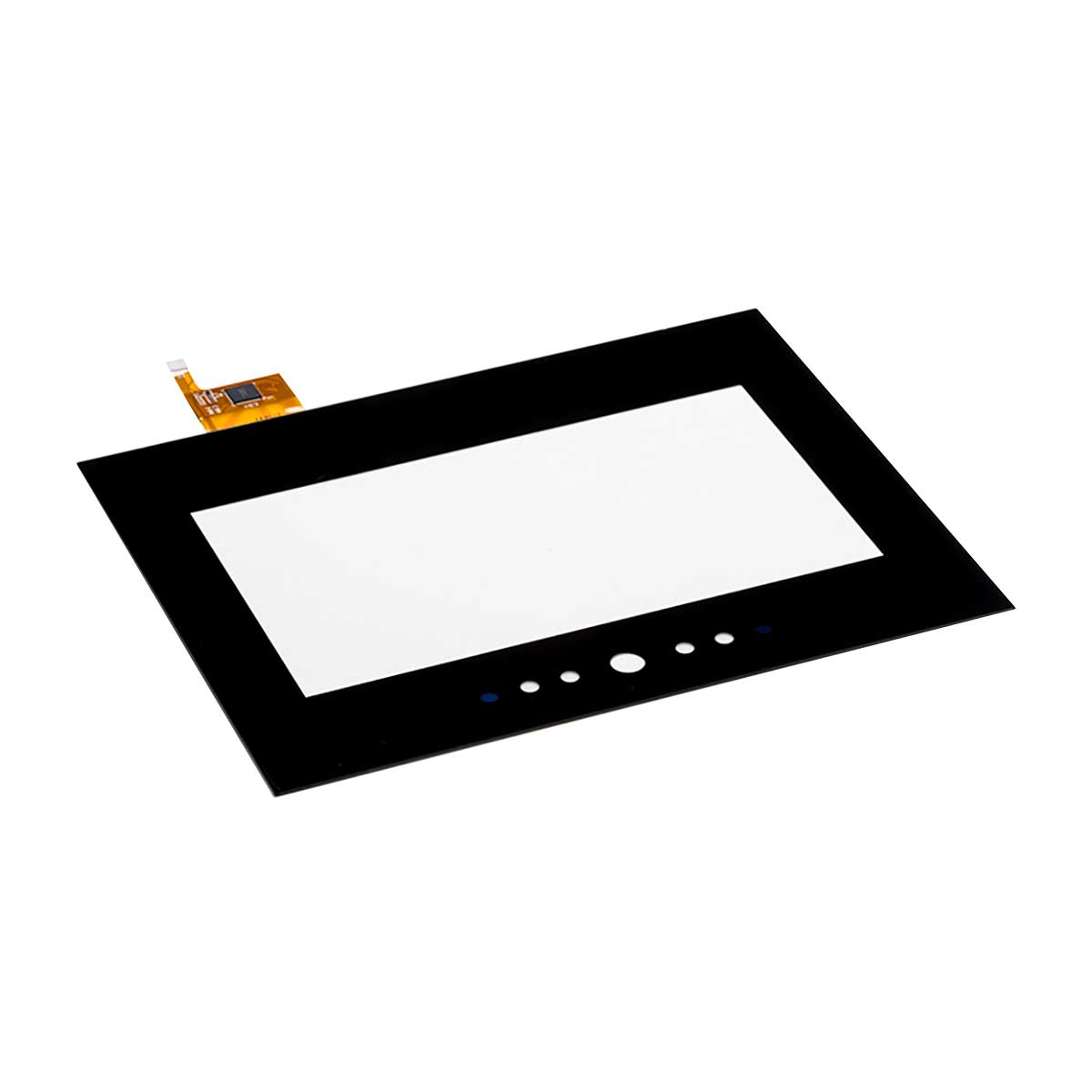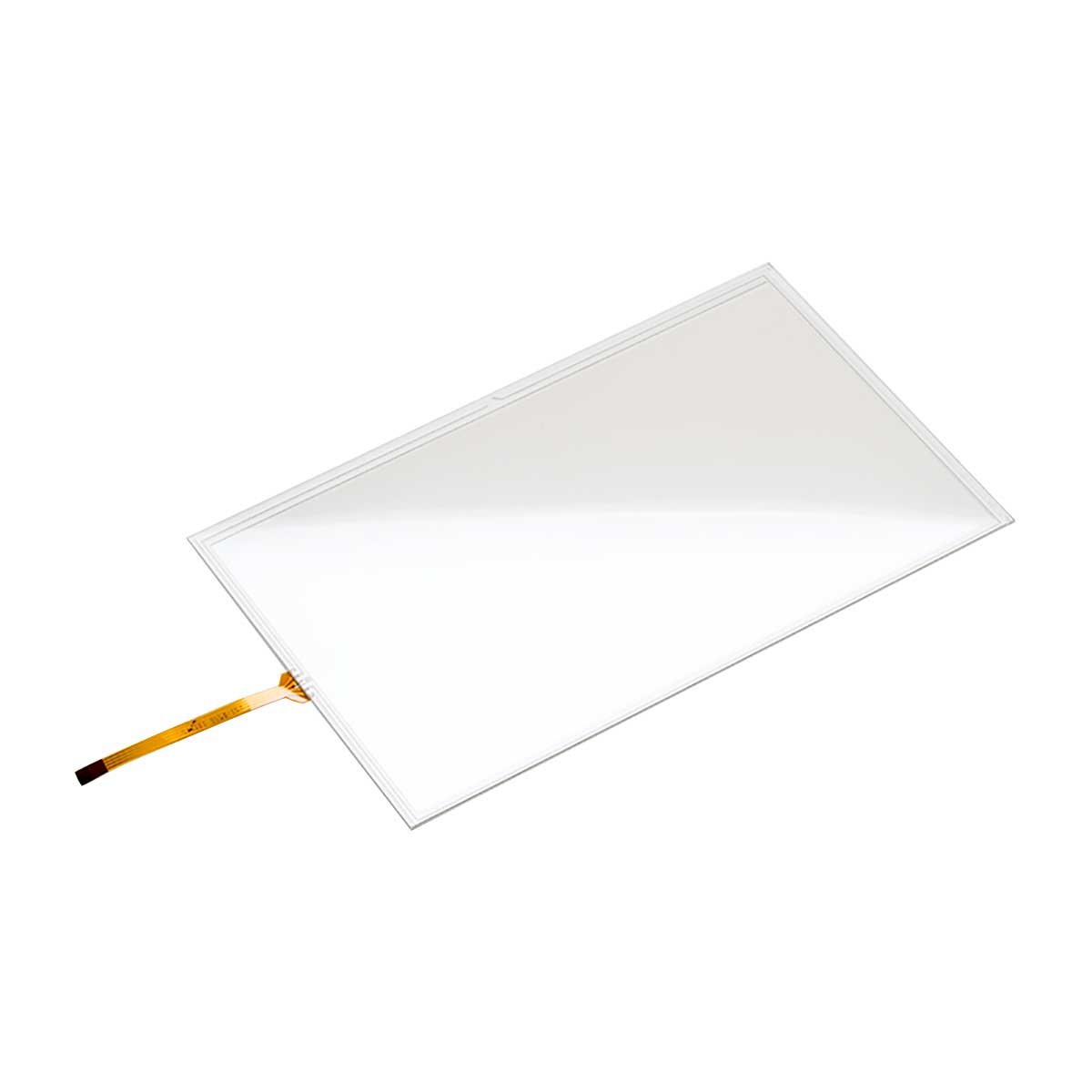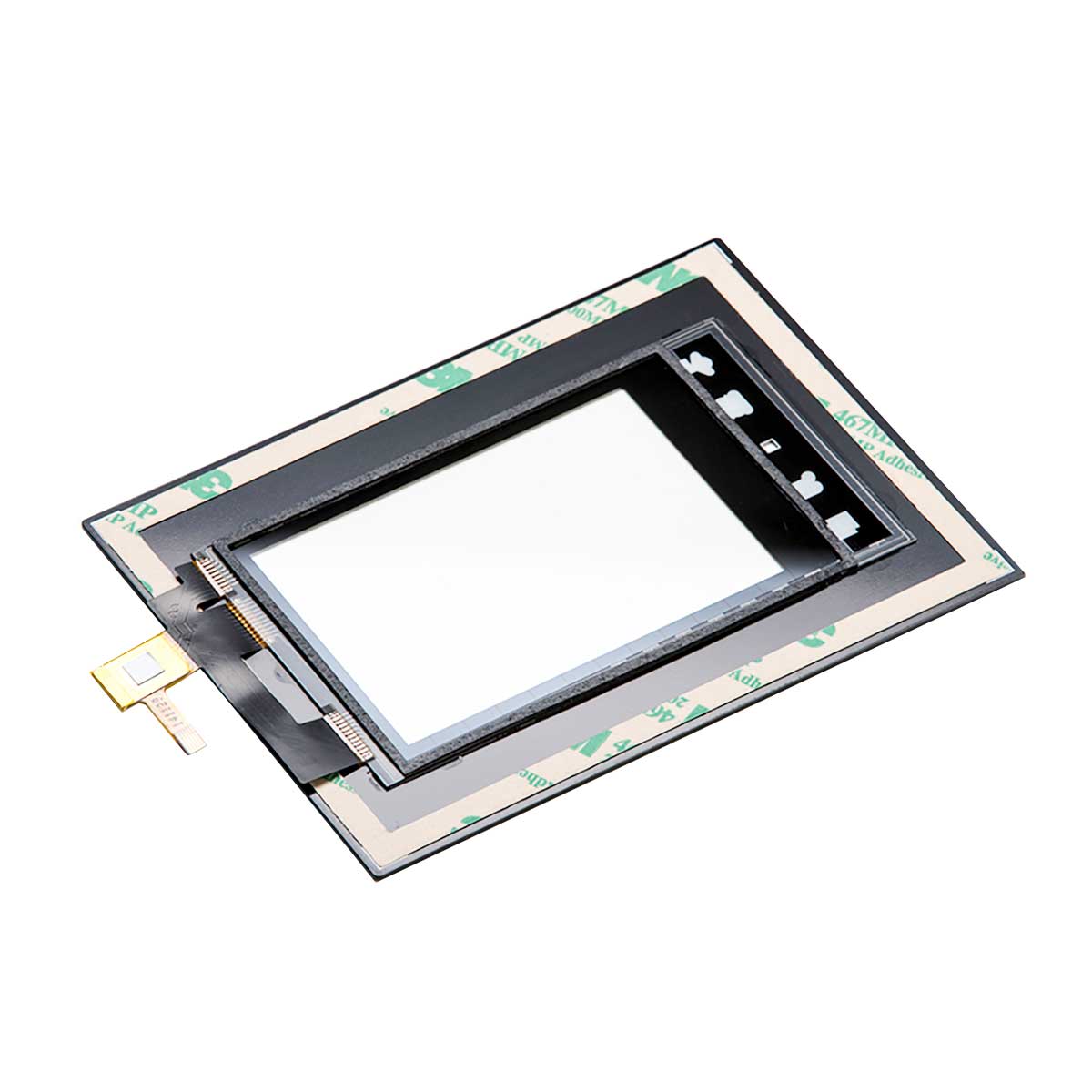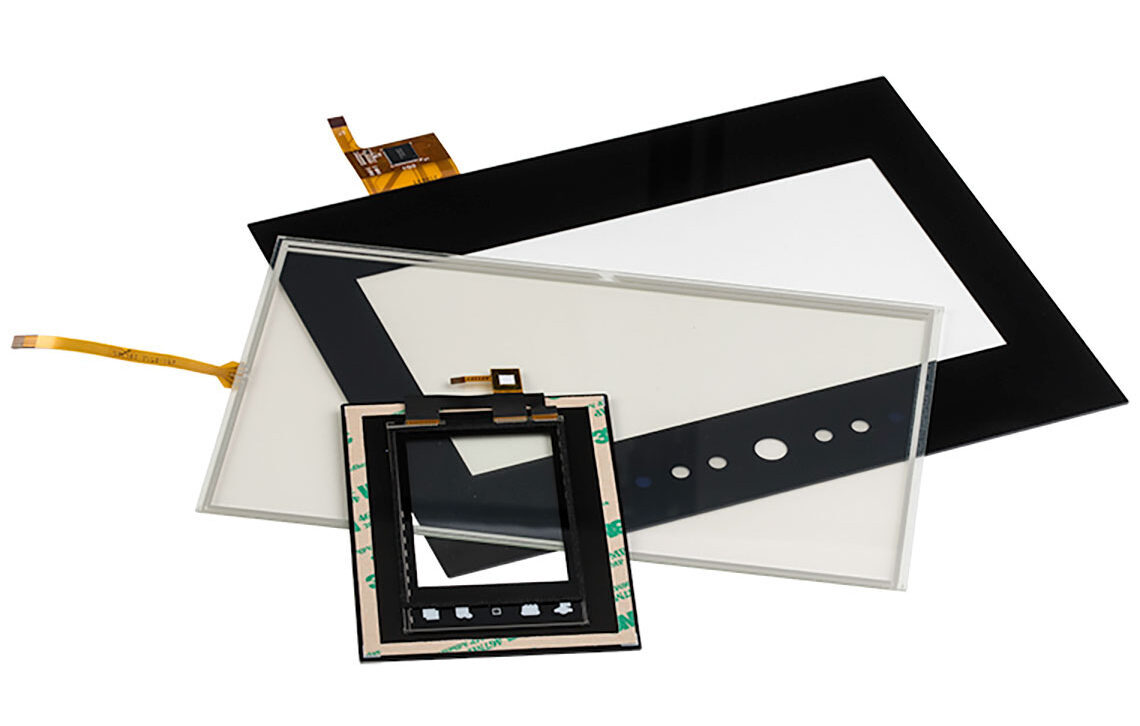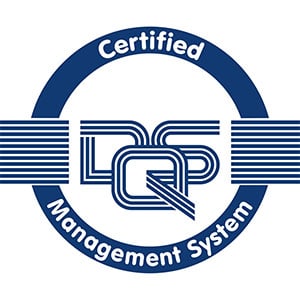How touch screens work
Resistive touch screens detect touched points by measuring voltage changes. It is easy to use and features reliable operability. Operation with gloves or by pen are possible. Resistive touch screens features the most stable operation among the touch screen technologies. It’s performance has been proven over years of use in the market. Single-touch, multi-touch and slider options are available.
Capacitive touch screens detect touched points with capacitance couplings generated by touches. It is excellent for operational smoothness, visual clarity, toughness and weatherability. Multi-touch operation is possible with reasonably light touch pressure.
Applications for touch screens include industrial control, medical equipment, mobile devices, education and transportation.

